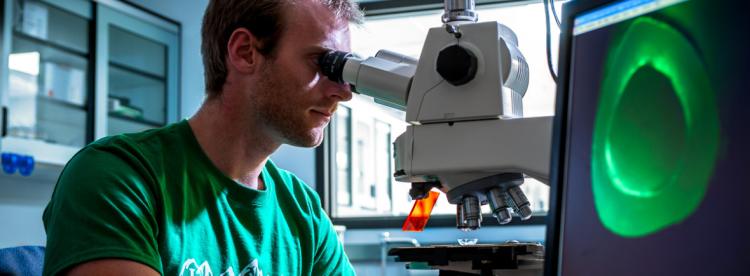Our Research

In our group, we have many post-doc, graduate students, and undergraduate researchers working with us to study a range of research questions that have potential to better understand etiology of disease and improving clinical care through engineering solutions. We also develop novel tools and methods, both experimental and computational, to better understand fundamental questions in materials science and mechanical behavior.
In our primary research area, focused on biological tissues, our group specializes in studying how the quality or the underlying microstructure, composition, and material properties of tissues influence the resulting mechanical behavior and, especially, how these behaviors are altered by disrupted mechanical loading, aging, or disease. Biological tissues are formed by hierarchical structures that exist from nanometer to macroscopic length scales; their properties vary depending on the length scale that is tested. Tissues are also composite materials whose behaviors vary with time (e.g., may possess time-dependence and/or viscoelasticity) and poroelasticity, where fluid movement through pore spaces or in regions of highly charged molecules (e.g., proteoglycans in cartilage) influences mechanical behavior. Tissues are also active materials where live cells build and change the underlying structural matrix structure and composition over time in response to physiological and mechanical inputs. In essence, the underlying quality is a complex, dynamic variable that profoundly influences tissue function and failure. By linking ‘engineering’ tools of materials characterization and mechanical behavior assessment with the ‘life-sciences’ (i.e., medicine, biology, physiology, and biochemistry), our approach enables study of tissue function, and the underlying root cause for functional alterations, from a unique and highly informative perspective.

